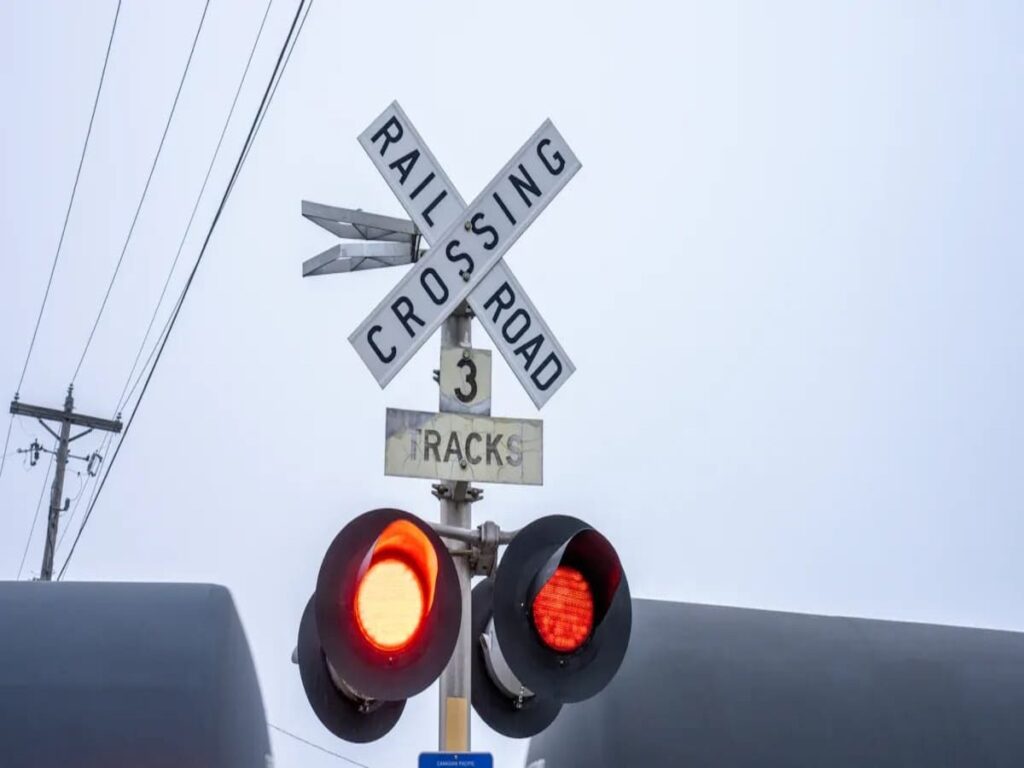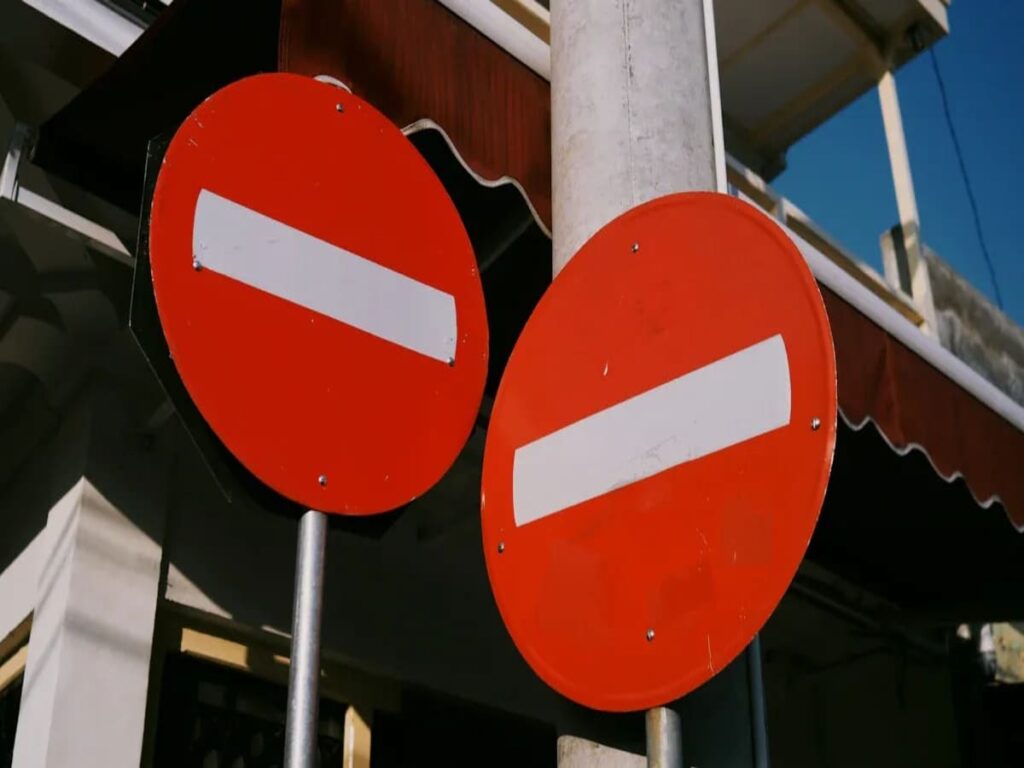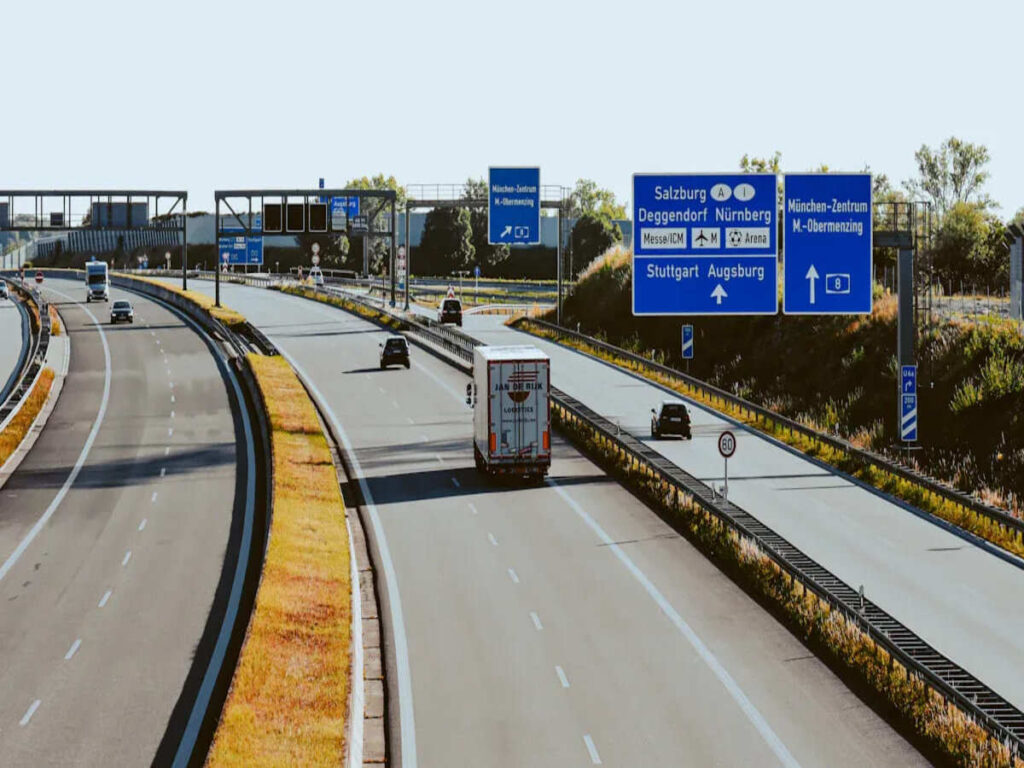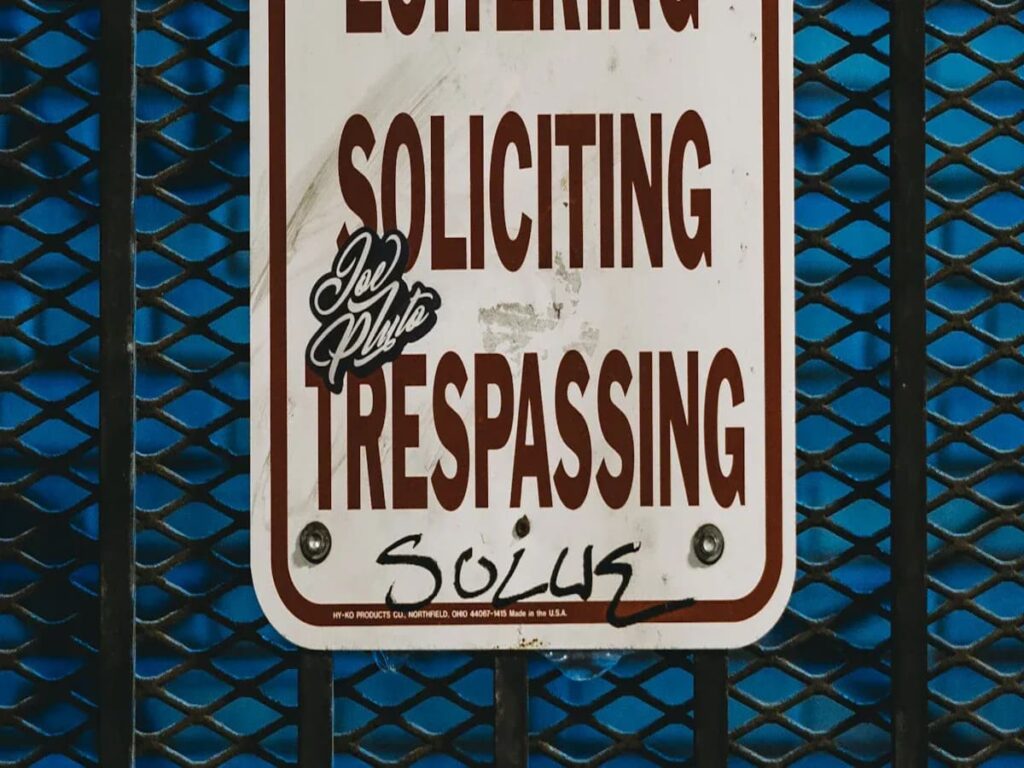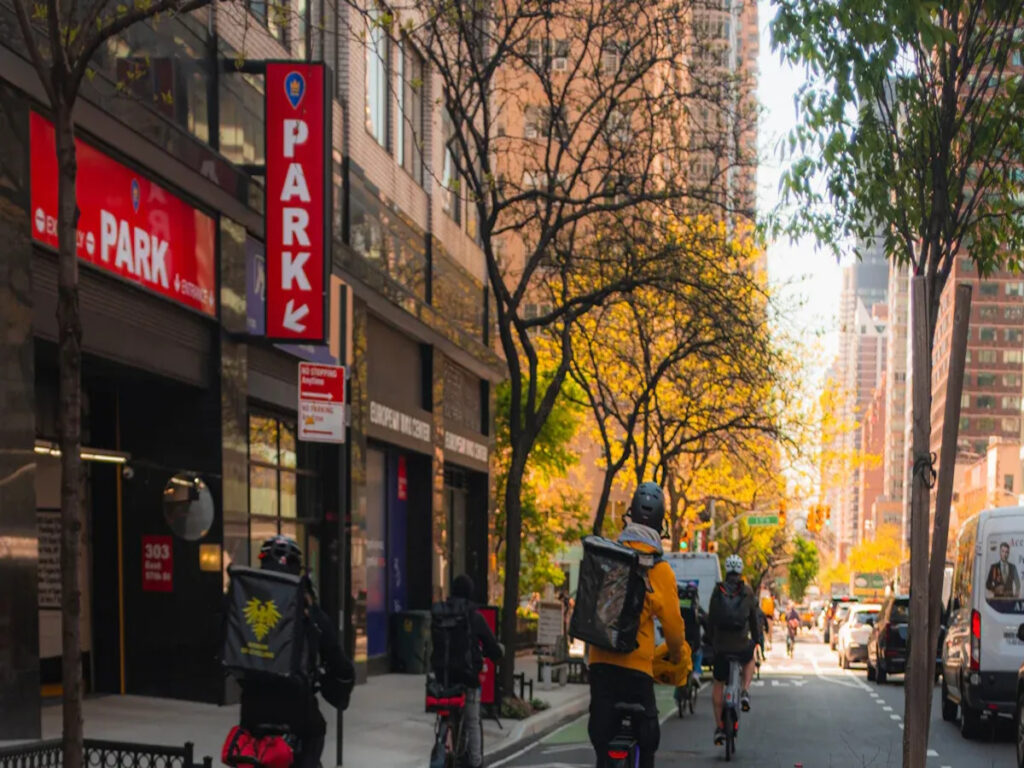
Seoul’s steep streets make biking and walking harder. You may face dangers like steep hills, mala visibilidad, and shared traffic areas. Road bollards are a simple way to fix these problems. They separate bike lanes from cars, keeping cyclists safe. They also create clear paths for people walking. Reflective road bollards help drivers see better at night. Adding road bollards to streets makes biking safer and improves city design. This helps people choose biking or walking in Seoul’s tricky areas.
OPTRAFICO ofrece alta calidad road bollards for sale, designed to improve safety and mobility in challenging urban environments like Seoul. With options including reflective, flexible, and impact-resistant models, OPTRAFFIC’s bollards help cities create safer, more organized streets for cyclists, peatones, and drivers alike—supporting smarter, more inclusive urban design.
Control de llave
- Road bollards make safe areas for walkers and bike riders.
- Reflective bollards are bright at night and stop accidents.
- Good placement of bollards makes roads safer for everyone.
- Bollards stop cars from parking where they shouldn’t, keeping paths clear.
- Bollards encourage biking and walking, helping people stay healthy and the air clean.
Safety Challenges on Hilly Streets
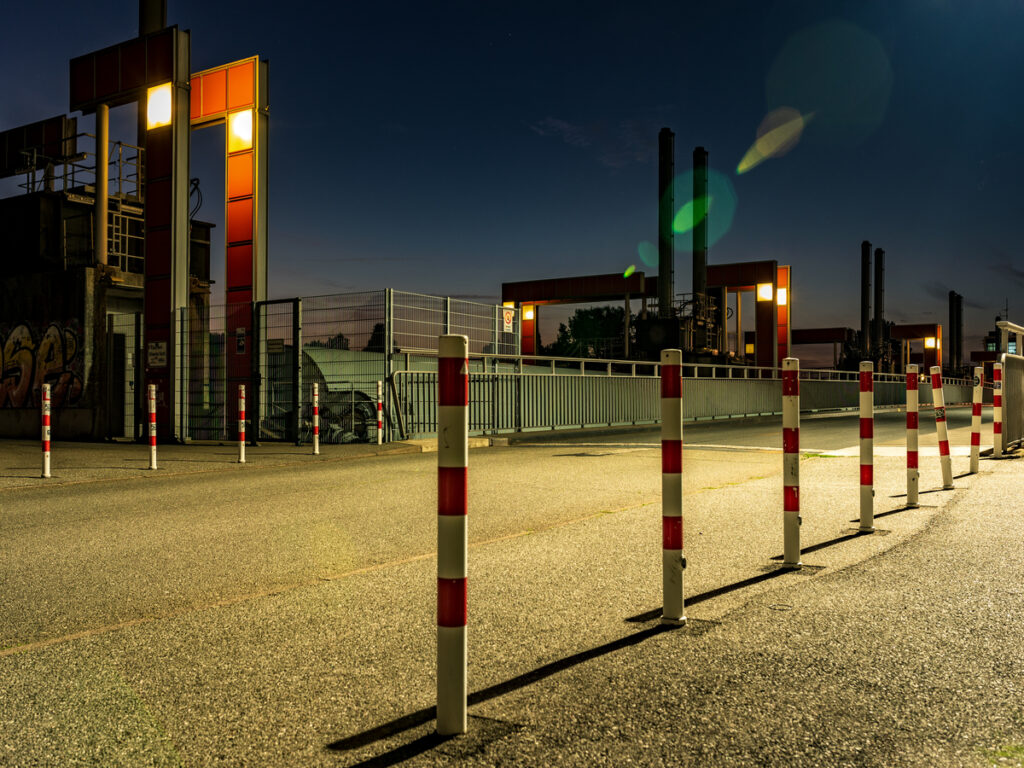
Risks posed by steep inclines for cyclists and pedestrians
Hilly streets in Seoul can be tough for walkers and bikers. Steep hills make it hard to stay in control while biking. Going downhill, stopping quickly can be tricky and risky. Climbing uphill is tiring and can make you less focused.
For walkers, steep slopes feel unsafe, Especialmente en mal tiempo. Rain or snow makes paths slippery and dangerous. Uneven or broken sidewalks can cause trips and falls. These problems show why safer streets are needed for bikers and walkers.
Reduced visibility and blind spots on sloped roads
Seeing clearly on hilly roads can be a big problem. Sharp turns and steep hills create blind spots for everyone. Drivers may not see bikers or walkers, conduciendo a accidentes.
At night or in fog, it gets even harder to see. Without lights or reflective signs, staying visible is tough. Esto hace que los choques sean más probables, especially on busy streets. Fixing these issues is key to keeping everyone safe.
Vehicle encroachment and illegal parking issues
Narrow, sloped streets often have cars parked in bad spots. Cars block sidewalks, forcing walkers into the road. This is dangerous when traffic is heavy. Bikers face trouble too when cars block bike lanes.
Illegal parking slows down traffic and creates more risks. It leaves less room for safe movement on the street. Solving these problems can make hilly streets safer for everyone.
Role of Road Bollards in Enhancing Safety
Keeping cyclists and walkers safe with clear boundaries
Road bollards act as barriers to separate cars from people. They give cyclists and walkers their own safe spaces. Cyclists stay protected because bollards block cars from bike lanes. Walkers are safer too since bollards stop cars from entering sidewalks.
Studies show bike lanes with bollards lower crash risks. These barriers make streets safer for everyone. Whether biking uphill or walking, bollards protect you from dangers.
Helping people see better and move safely
Bollards don’t just block cars; they also help people see. Reflective bollards show lane edges and paths in dim light. On hilly roads with sharp turns, these markers prevent accidents.
Bright colors or reflective strips make bollards easy to spot. They guide traffic and mark bike lanes clearly. Drivers stay in their lanes, and cyclists feel safer riding.
Stopping cars from parking in the wrong spots
Illegal parking on narrow streets causes big safety problems. Parked cars block bike lanes and push walkers into traffic. Bollards stop cars from parking where they shouldn’t.
Placed in the right spots, traffic bollards keep paths clear. This helps walkers and bikers move safely without obstacles. Bollards make streets more organized and safer for everyone.
Types of Bollards for Safe Bike Lanes and Pedestrian Zones
Fixed bollards for lasting safety
Fixed bollards stay in one place to protect people. They block cars from bike lanes and walking paths. You often see them on busy streets or near schools. These bollards are strong and can handle car impacts. They keep cyclists and walkers safe from vehicles.
Fixed bollards also make bike lanes easy to see. Cyclists can ride without worrying about cars entering their space. These bollards work well in places needing permanent safety, like parks or intersections.
Retractable bollards for flexible use
Los bolardos retráctiles pueden subir o bajar cuando sea necesario. They block cars but allow access for emergencies or deliveries. You might see them in markets or streets closed to cars most of the time.
When raised, they protect bike lanes and walking areas. When lowered, they let vehicles pass safely. This makes them useful for places with changing traffic needs.
Flexible bollards for visibility and safety
Flexible bollards bend if hit by a car. They guide cars away from bike lanes and walking paths. Sus colores brillantes y sus tiras reflectantes las hacen fáciles de ver.
If a car hits one, it bends instead of breaking. This prevents damage to both the car and the bollard. Flexible bollards are great for busy areas where visibility is important.
Decorative bollards for safety and style
Decorative bollards mix safety with good looks for city streets. They protect bike lanes and sidewalks while making areas look nicer. You can find them in places like parks, calles comerciales, or old town areas.
Cities like Seoul use these bollards to match the area’s design. In historic spots, bollards can look like old-style lanterns. This keeps bike lanes and sidewalks safe while looking nice. Some are painted to show local culture, making streets more welcoming.
These traffic bollards also help people stay safe. They show where bike lanes are, keeping cars out. Their special designs make them easy to see from far away. Cyclists can ride safely, even on busy or steep streets. For walkers, bollards show safe paths to use.
Decorative bollards also bring pride to the community. When bollards look nice, it shows the city cares about safety and beauty. This makes more people want to bike or walk, Ayudando al medio ambiente. By adding these bollards, cities create safer and prettier public spaces.
If you want safety and style, decorative bollards are a great choice. They protect bike lanes, guiar el tráfico, and make streets look better. Whether walking, ciclismo, o conducir, these bollards make streets safer and more fun for everyone.
Best Practices for Installing Road Bollards on Hilly Streets

Smart placement to improve safety and visibility
Putting bollards in the right spots makes them work better. Focus on risky areas like sharp turns, puntos ciegos, and crossings. These places are harder to see and can cause accidents. Adding traffic bollards here creates clear paths for walkers and drivers.
Use reflective bollards to help people see at night or in fog. They show road edges and walking zones, Reducir los riesgos de choque. When deciding where to place them, think about how they can make streets safer and easier to use.
Proper spacing for safety and easy access
How far apart bollards are placed matters a lot. If they’re too far, cars might enter areas they shouldn’t. If they’re too close, caminantes, ciclistas, or strollers may struggle to pass.
Find a balance that keeps paths safe but easy to use. For bike lanes, leave enough space for cyclists to ride comfortably. Good spacing makes streets safer and more pleasant for everyone.
Strong materials for long-lasting and weatherproof bollards
Picking the right materials is key for hilly streets with tough weather. Choose materials like steel or reinforced plastic that resist rust and stay strong. These materials handle rain, nieve, y los cambios de temperatura bien.
Look for anti-slip bases to keep bollards steady on slopes. This stops them from moving out of place. Strong materials make bollards last longer and keep streets safer for everyone.
Following rules and city planning guidelines
When putting bollards on hilly streets, follow local rules. These rules help make public spaces safe and easy to use. They decide how bollards should look, A donde van, and what they’re made of. This ensures bollards work well in tough conditions.
Local laws say bollards must handle strong impacts. This keeps walkers and bikers safe from cars. Tests prove bollards are strong and reliable. Por ejemplo, Seoul’s Traffic Bollards(교통 안전 기둥) must pass tests for strength and weather resistance. This helps them stay useful on steep streets and in bad weather.
City planning rules also affect traffic bollard design. Bollards must match the street’s look while staying safe. Reflective strips or bright colors may be needed for better visibility. These features help everyone see bollards at night or in fog. Guían a los conductores, ciclistas, and walkers safely on hilly roads.
Here’s a simple table showing how rules shape bollard use:
| Tipo de regla | Lo que significa |
|---|---|
| Siguiendo las reglas locales | Bollards must meet laws to handle impacts and keep people safe. |
| Role of City Guidelines | Rules decide how bollards are designed and placed to avoid problems. |
| Safety Certifications | Tests show bollards are strong and good quality for public use. |
| Building Standards | Guidelines set rules for bollard strength and materials used. |
Siguiendo estas reglas, bollards can improve safety and meet legal needs. This makes streets safer and more welcoming for everyone.
Broader Benefits of Bollards for Urban Safety
Making bike lanes safer and encouraging cycling
Bollards make bike lanes safer by separating bikes from cars. This barrier lowers the chance of accidents on busy streets. Cyclists feel safer riding when cars stay out of bike lanes. Bollards also help drivers and cyclists see lanes clearly.
Safe bike lanes encourage people to ride bikes more often. Cycling is healthier and reduces the need for cars. Cities with good bike lanes see more people choosing bikes. Bollards are a simple way to make cycling easier and safer.
- Bollards keep cars out of bike lanes for safety.
- They make cycling easier, promoting active transportation.
- Better visibility and fewer accidents improve urban biking.
Helping the environment with better city design
Bollards support eco-friendly transportation like biking instead of driving. Riding bikes helps cut air pollution and traffic jams. Bollards make biking safer, so more people choose it over cars.
Fewer cars mean cleaner air and less noise in cities. Bollards are part of bike-friendly designs that help the planet. They show how cities can focus on people, not vehicles.
Improving community safety and public spaces
Bollards make streets safer and more organized for everyone. They create clear paths for bikes and walkers, Reducción de la confusión. Safer streets encourage people to walk or bike more often.
When streets feel safe, people spend more time outside. This leads to more social connections and happier communities. Bollards also lower stress by making busy streets easier to navigate.
Bollards are more than barriers; they show cities care about safety. Adding bollards helps build stronger, friendlier neighborhoods. Cities like Seoul use them to create better spaces for everyone.
Road bollards help solve safety problems on Seoul’s steep streets. They separate bike lanes and sidewalks from cars to keep people safe. Reflective bollards make it easier for everyone to see at night. They also stop cars from parking in bad spots, keeping paths clear.
Bollards are useful for making bike lanes and walking areas safer. They encourage biking and walking, which is good for health and the planet. City planners should use bollards to make streets safer and better for everyone.
Preguntas frecuentes
¿Qué son los bolardos de la carretera?, y como funcionan?
Road bollards are short posts placed on streets for safety. They block cars from entering bike lanes or sidewalks. This keeps walkers and cyclists safe from vehicles. Reflective bollards help drivers see better at night or in bad weather. 🚴️
Where should road bollards be placed on hilly streets?
Bollards should go in spots with poor visibility, like sharp turns. Blind spots and intersections are also good places for them. These areas often have more accidents, so bollards help guide traffic. They make paths safer for walkers and bikers.
Can bollards handle bad weather on steep roads?
Sí, strong bollards made of steel or plastic can handle bad weather. Anti-slip bases keep them steady on slopes, even in rain or snow. Reflective strips make them easy to see in foggy or wet conditions. 🌧️
Are decorative bollards as effective as regular ones?
Decorative bollards are both safe and stylish. They protect bike lanes and sidewalks while looking nice. Bright colors or cool designs make them stand out. They work well in parks, áreas históricas, or busy public spaces.
How do safety bollards encourage cycling and walking?
Bollards make bike lanes and sidewalks safer by keeping cars out. This makes biking and walking feel safer and easier. More people choose these options, which reduces traffic and pollution. Cities become cleaner and healthier. 🌱

